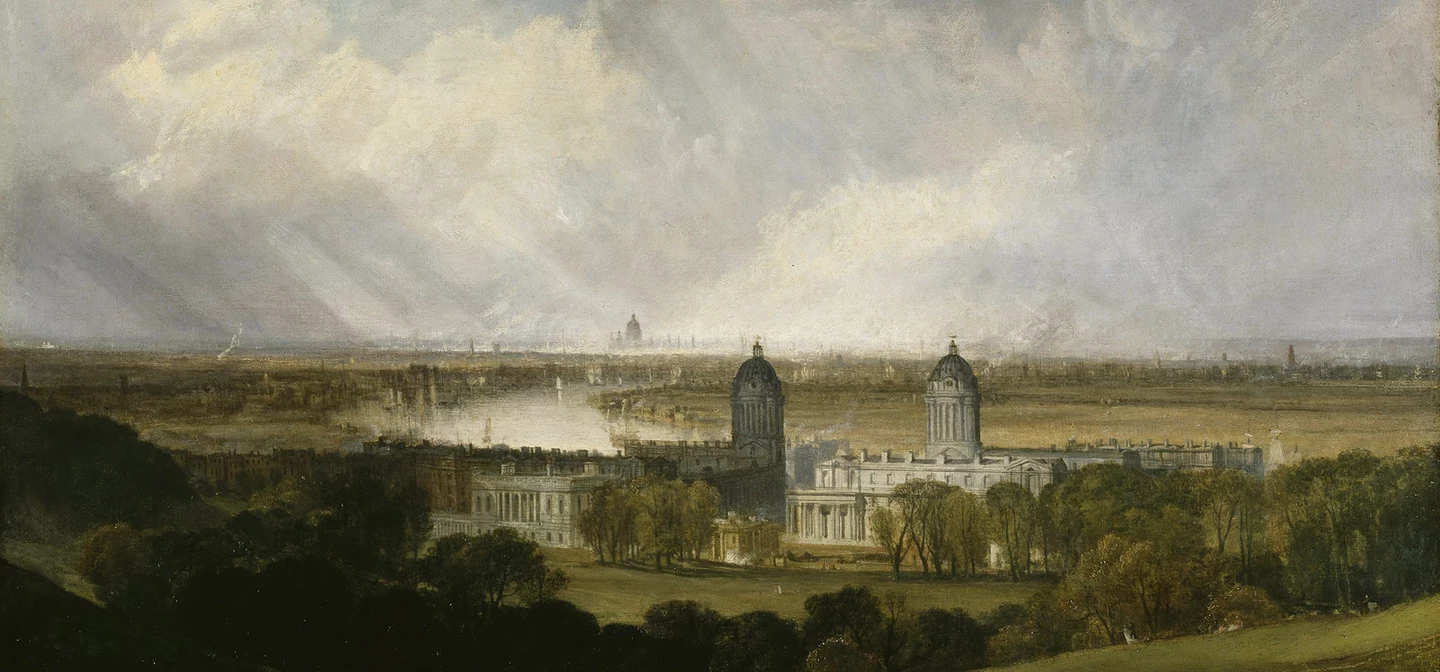
Famous Artists at Greenwich Park
Among the thousands of artists who have found inspiration in Greenwich Park are three of the most well-known figures in Western art…
J.M.W. Turner
Joseph Mallord William Turner (1775 – 1851) is one of the most celebrated artists Britain has ever produced. Nicknamed the ‘painter of light’, he is best known for his vivid landscapes and turbulent seascapes. His most well-known painting is The Fighting Temeraire.

Over the course of his career, Turner captured the Thames on paper and canvas many times. It is not surprising, then, that he was drawn to one of the most celebrated views over the river – from One Tree Hill, in Greenwich Park.
This painting captures many of the iconic components of the park – from the deer in the foreground to the Old Royal Naval College in the background. The skyline of London is visible in the distance, with the dome of St. Paul’s emerging from the smog – a view that can still be enjoyed in the park to this day, albeit amidst a very different cityscape.
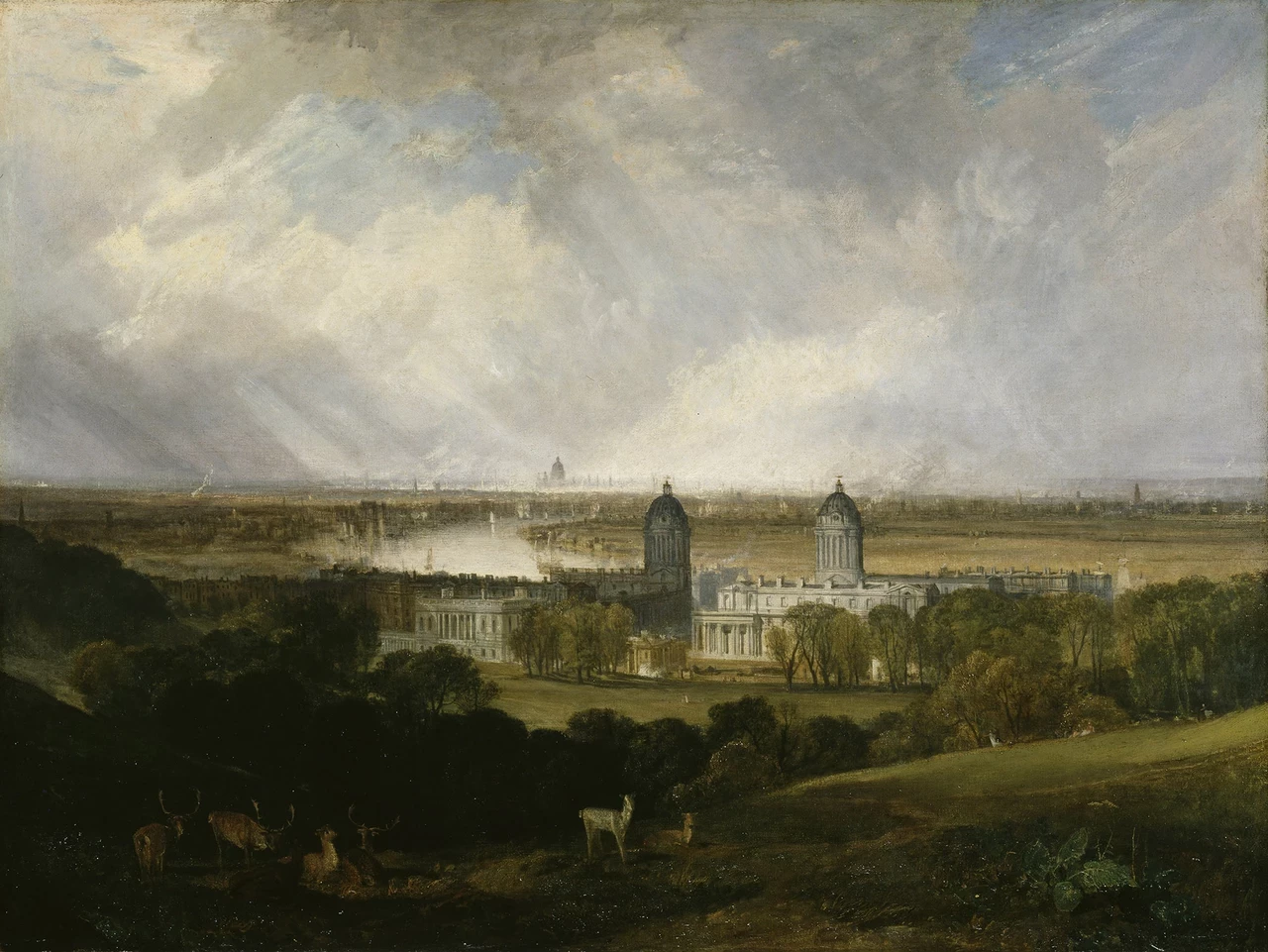
The trees in this painting create a marked division between the pastoral, deer-filled park and the smoky metropolis beyond, with its chimneys, spires and ships. This idea of Greenwich Park as a haven – somewhere beyond the city – was often repeated in the Georgian period. Before the capital expanded to accommodate a booming population, Greenwich was on the edge of town – a place to escape from the smoke and noise of London.
When Turner exhibited this painting, he displayed it alongside an accompanying poem that he wrote himself:
Where burthen’d Thames reflect the crowded sail
Commercial care and busy toil prevail
Whose murky veil, aspiring to the skies
Obscures thy beauty, and thy form denies
Save where thy spires pierce the doubtful air
As gleams of hope amidst a world of care
Delacroix
Eugène Delacroix (1798 – 1963) was a French artist regarded as the leading figure in an artistic movement known as ‘French Romanticism’.
Known for dramatic scenes in vivid colours, his best-known work is called La Liberté guidant le peuple (Liberty Leading the People). This vividly depicts a scene from the July Revolution of 1830, the same year in which the work was painted.
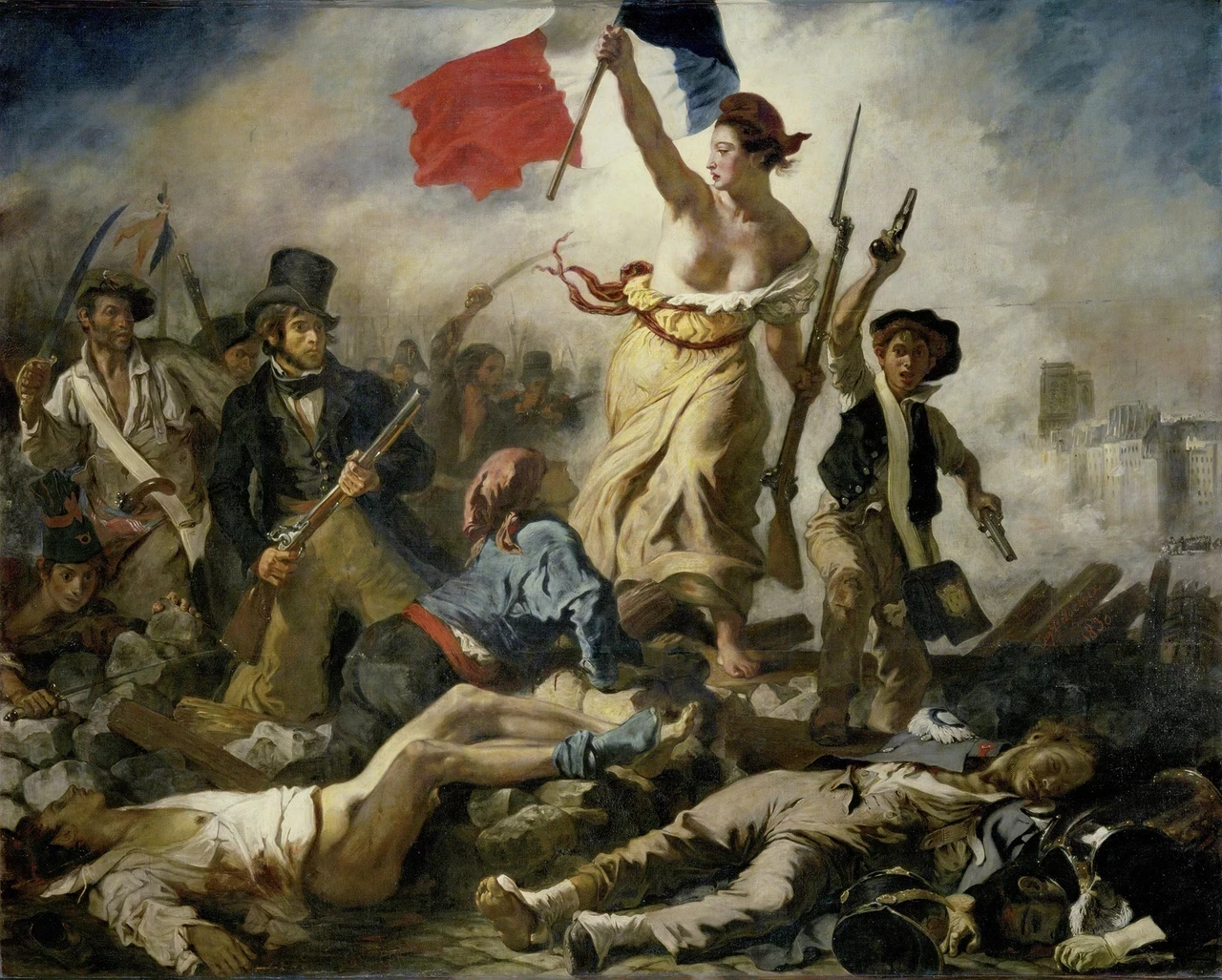
In 1825, a few years before he produced his famous revolutionary scene, Delacroix visited London. Like many tourists, Greenwich Park was one of the places he decided to visit – guidebooks to the city at this time highlighted the park and its famous views as a must-see attraction, much as they do today.

The surviving sketchbooks of Delacroix record what the artist saw and felt in the park. In one watercolour scene, spread across two pages, he captures the view over from one of the park’s famous hills.
While the domes and spires of Greenwich and the city lurk in the background, it is the trees of Greenwich Park that Delacroix was most focused on here. In shades of green and brown he captures their distinctive canopies and the twists of their trunks, exploring the shadows they cast on the open grassland surrounding them.

In two further sketches Delacroix depicted a view over the Thames from Greenwich. The masts of the tall ships intersect with the horizon, dwarfing the buildings along the riverbank.
A second drawing on the opposite page is a study of the terraces leading up the hill to the Observatory. These are the so-called ‘Giant Steps’ that were a key part of the Grand Plan introduced to the park by Charles II. Delacroix has captured tiny figures enjoying the steps, and the familiar Observatory buildings are sketched in outline at the top.
Whistler
James Abbott McNeill Whistler (1834 – 1903) was an American artist who was based in London. His most famous painting is a now-iconic portrait of his mother called ‘Arrangement in Grey and Black No.1’.

Whistler’s motto was ‘art for art’s sake’, a phrase that summed up his belief that art should not be moral or educational – only beautiful. With such an eye for beauty, it is no surprise that Whistler was a fan of Greenwich Park.
In 1859 he visited with his brother-in-law; an etcher named Francis Seymour Hayden. Hayden was teaching Whistler how to create etchings, and they came to the park to practice. Whistler would eventually produce a number of etchings in the park – including some striking studies of trees.
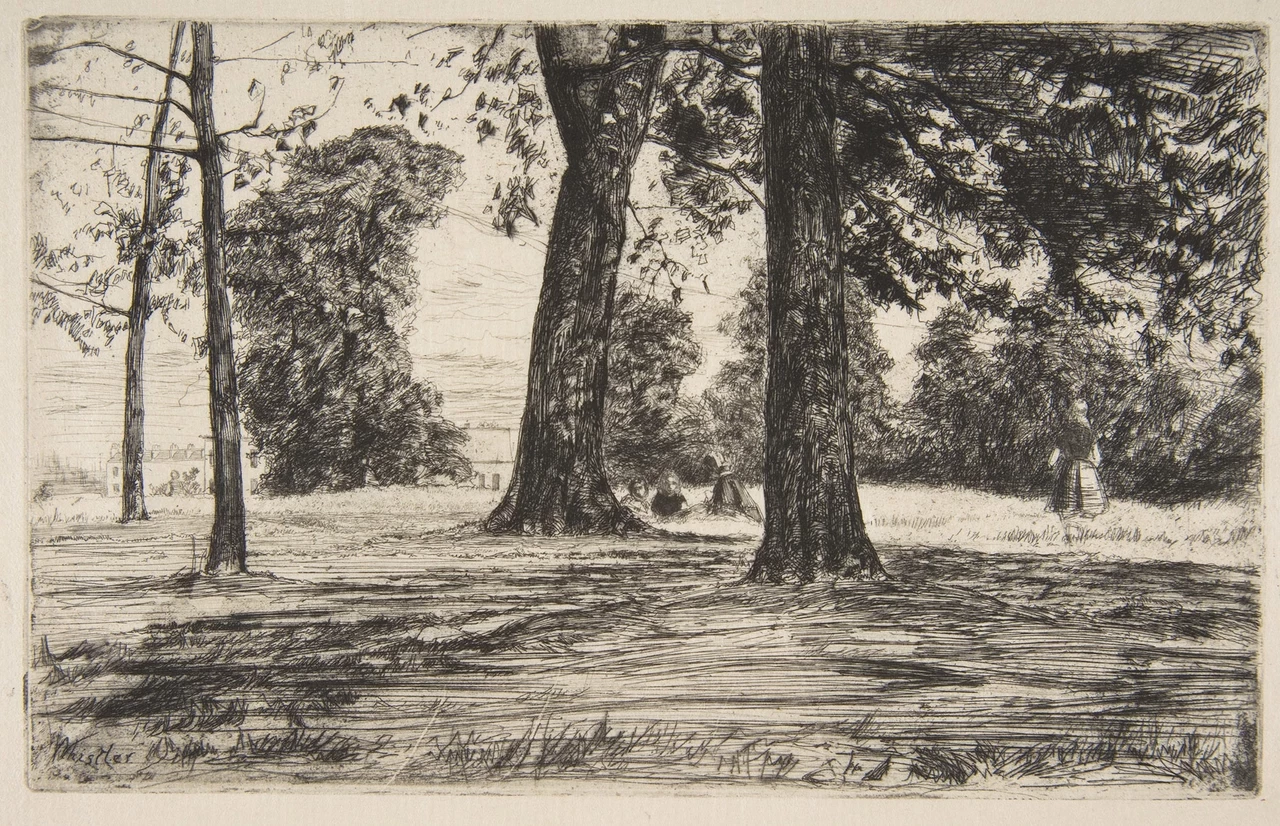
This striking etching focuses not on the famous buildings surrounding the park or its well-known views over London. Instead, Whistler turns his attention to trees. With meticulously-layered lines, he records the shadows that the large trees cast in the foreground.
In the centre on the image, a group relax in the shade of a tall tree, while a woman – perhaps their companion – wanders across the grass. In the background is a distinctive tree, twisting to one side.
What about the women?
It is no secret that the history of western art is dominated by male artists. This obscures the fact that, over the centuries, many talented women have worked as practicing artists too – despite the educational and professional disadvantages that they experienced due to their gender.
As part of Greenwich Park Revealed, we researched the Airy family - a family of skilled artists who often painted in and around the park.

A Family of Artists in Greenwich Park: Capturing the Park
Discover a lesser-known slice of Observatory history: The story of a group of remarkable women who once called Greenwich Park home.

A Family of Artists in Greenwich Park: Life in the Park
Find out more about the lives of the women in the Airy family.
Related Articles
-
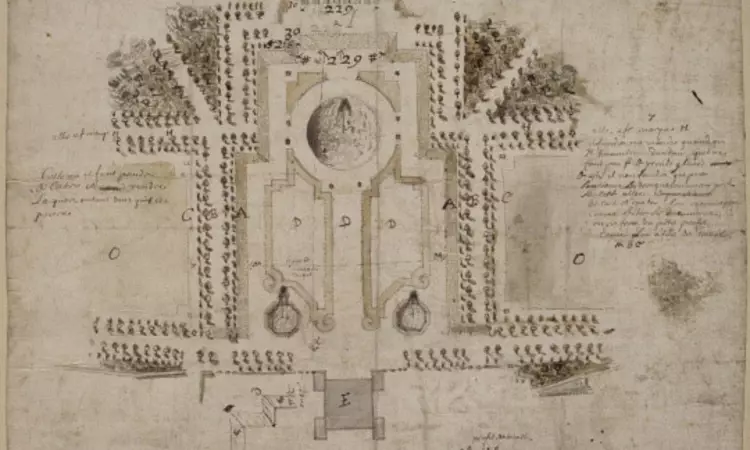 Read
ReadA Royal Landscape at Greenwich Park
In the 1660s, King Charles II (1639 – 1685) had Greenwich Park redesigned to an ambitious scheme known as ‘The Grand Plan’.
-
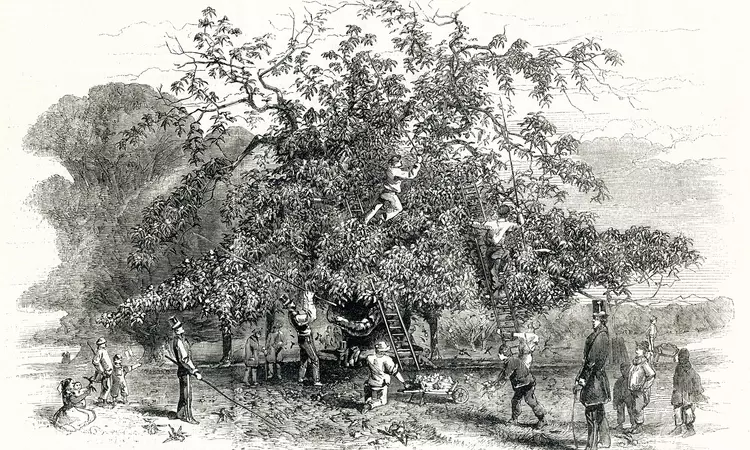 Read
ReadQueen Elizabeth Oak in Greenwich Park
Greenwich Park boasts thousands of trees, but Queen Elizabeth’s Oak is easily the most famous.
-
 Read
ReadGreenwich Park in Art
For centuries, artists have flocked to Greenwich Park armed with sketchbooks, palettes and canvases.